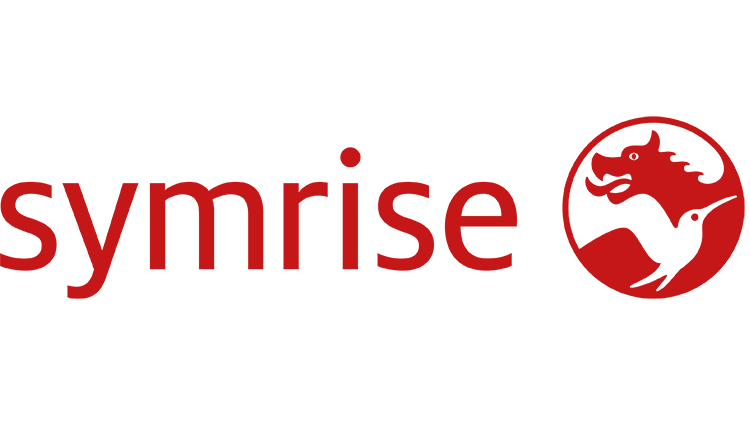Promotional Features
Plant-based Boom: Innovate Across Key Alt Protein Categories
Plant-based food and beverage products are conquering the market. This universal growth is leading food and beverage companies towards innovation in protein alternatives across categories. Shoppers are reaching for high-protein products like vegan meat and dairy alternatives, energy beverages and bars, and even plant-powered protein premixes and powders… the plant-based options are endless!
With investments in the plant-based industry in the billions, the newest challenge is finding how your brands can stand out in a market that’s growing at a record pace.
Symrise Flavor North America conducted online research to provide the most cutting edge information to support food and beverage brands in creating the most innovative plant-based products. The study covered the top plant-based categories including: milks, creamers, high-protein shakes, cultured products, frozen novelties, protein bars and meats. The objective? Explore the attitudes, consumption behaviors, and purchasing motivators of United States consumers regarding plant-based protein products. Let’s take a look at what they found!
Beverage Innovation in a Plant-Based World
According to research by ProCon, a division of Encyclopedia Britannica, more than a third of the United States population suffers from some form of lactose malabsorption. As consumers steer away from dairy-based beverages for health and other reasons, plant-based alternatives conquer the market.
When it comes to plant-based beverage consumption, a Symrise study found that consumers typically use milk alternatives as an additive. Top consumption categories include cold cereal (58%), coffee (56%), smoothies or shakes (51%), glass of milk substitute (44%) and more than a third (35%) use plant milk as an ingredient in cooking a meal or in oatmeal.
Within this range of occasions, almond is the most consumed plant-based milk and creamer, followed by coconut, soy and oat. Although opting for an alternative, most consumers expect the appearance, taste and texture of plant-based milks to be like that of the original dairy product.
Plant-based Demand Transforms Sweet Categories
The demand for plant-based solutions in cultured products and frozen desserts is on the rise. According to SPINS, 25% of United States adults are interested in dairy free ice cream (18% in Canada) and since 2018, "dairy free" call outs on US dessert menus have increased by 14%.
Health and wellness goals are the main driver behind the uptick in plant-based sweet consumption. The Symrise study revealed that consumers’ main reason for plant-based cultured products and frozen desserts consumption is to increase plant protein consumption or reduce dairy intake.
When it comes to consumption occasions, plant-based cultured products most commonly fit within weekday breakfast whereas plant-based frozen desserts are most commonly consumed for dessert. Alike plant-based beverages, almond is the most demanded type of both cultured products and frozen novelties. However, when it comes to making a purchase, both ‘flavors offered’ and ‘sugar content’ are the most important deciding factors for both cultured products and frozen novelties.
Key Opportunities in Plant-based Meat Alternatives
Consumers’ changing attitudes towards meat-based products are largely driven by health reasons or a desire to benefit the environment and feed the world’s population responsibly. 28% of Symrise’s study participants stated that the main motivation for plant-based meat consumption was for increased functionality and another 28% indicated they wanted to reduce their animal meat consumption. With this growing demand, meat alternatives are making a dent in mainstream shelf space.
Symrise’s study revealed that significantly more males consume meat alternatives (55%) compared to females (49%). These consumers also tend to be older. We see that younger consumers; that is, those part of the Gen Z generation, is consuming the least amount of meat alternatives compared to Millennials, Gen X, and Boomers.
Many forms of meat alternatives are consumed; where burgers are the most consumed type, with no close second. Tofu, sausage and chicken follow with approximately 40% of the respondents consuming them. Majority of this consumption takes place during lunch and dinner occasions.
Taste for Alternative Protein
Under Symrise’s Taste for Alternative Protein (TAP) initiative, the group is fully geared toward developing ingredient solutions for products in the dairy alternative and nutritional beverage, frozen novelties, cultured products and meat alternative categories.
Over the past year, Symrise Flavor North America hosted three separate Taste for Alternative Protein webinars to support the three main units of the food and beverage industry: beverage, savory and sweet. If you're interested in learning more about Symrise’s Taste for Alternative Protein solutions, watch the on-demand webinar that best fits your category of focus:
- Beverage: Beverage Innovation in a Plant-Based World
- Sweet: Plant-based Demand Transforms Sweet Categories
- Savory: Key Opportunities & How to Succeed in a Plant-based World
If you're already familiar with Symrise’s plant-based solutions and would like to take the next steps, click here to reach out to a member of their team!





